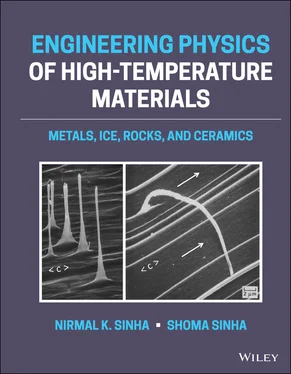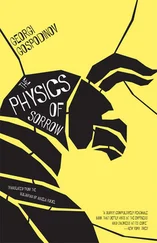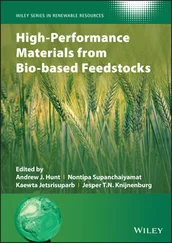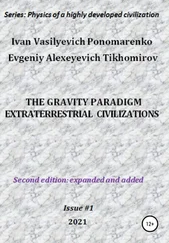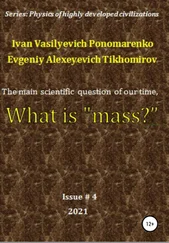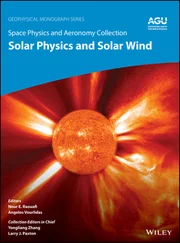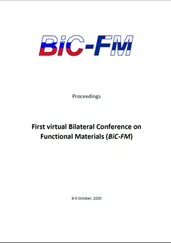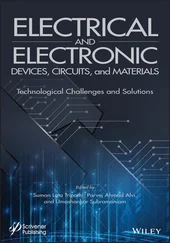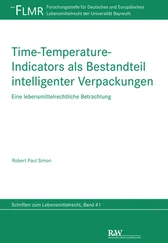Ceramics include some of the earliest man‐made materials, such as brick and pottery produced from clay. Modern ceramics include the widely used asphalt concrete in roads and pavements, high dielectric materials used in electronics, and strong, lightweight, high‐temperature materials for engines and turbines.
The crystalline structures of ceramic materials are generally more complex than those of metals due to their composition of atoms of widely different sizes and bonding capability. In ionic bonding, the development of negatively charged ions or anions and positively charged ions or cations strongly impacts the structural characteristics of the ceramic. Although ionic bonds are nondirectional, spatial considerations lead to positive ions being surrounded by negative ions in definite ordered structures that depend on the nature of the cation. The coordination number (CN), which is the number of atoms/ions bonded to a central atom, also depends on the relative sizes of the atoms involved. The structure of many ceramics, particularly those with large oxygen anions, often includes smaller ions occupying interstitial sites.
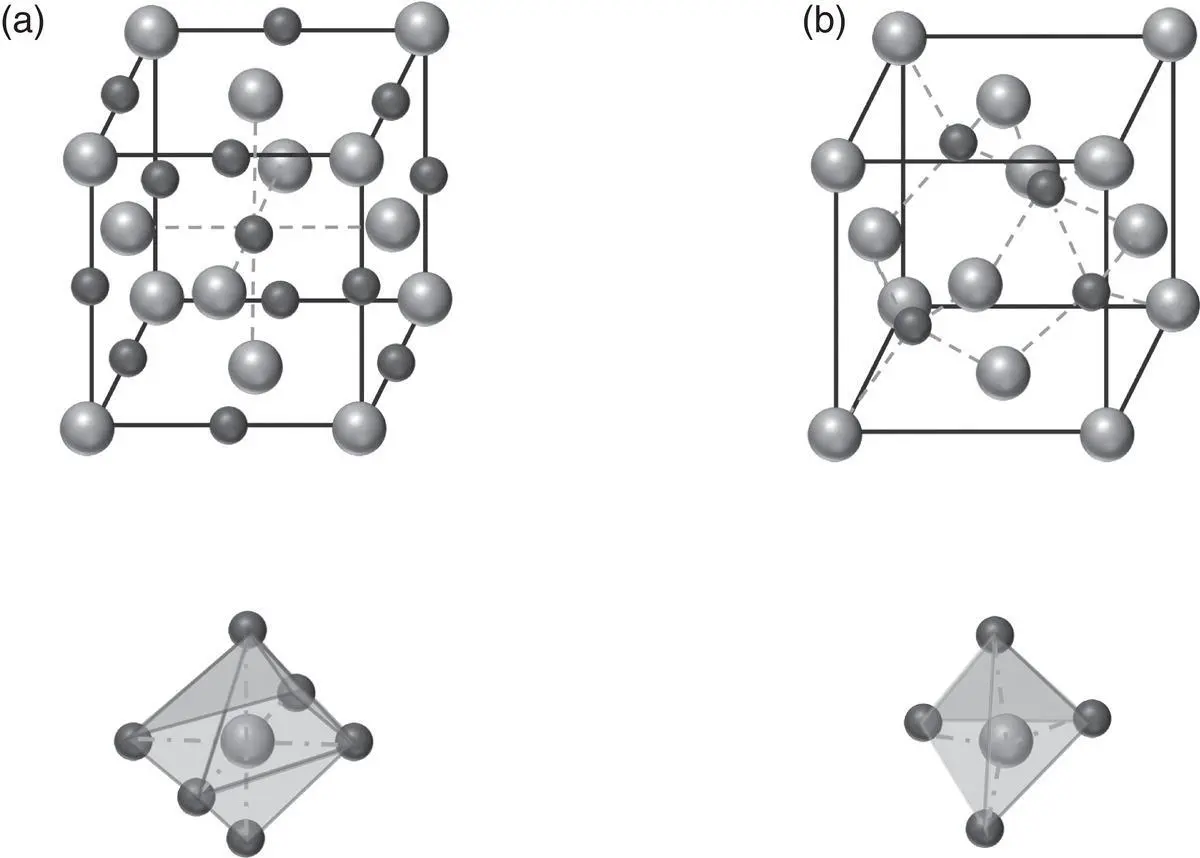
Figure 2.14 Schematic of (a) NaCl structure with sixfold polyhedral coordination and (b) zincblende structure with tetrahedral coordination.
Common ceramics structure includes the rock salt/sodium chloride (NaCl) structure and the zinc blende (ZnS) structure. The NaCl structure can be best thought of as two interpenetrating FCC latices, as shown in Figure 2.14a. If we start with chlorine anions at FCC points, the sodium cations occupy spaces in the middle of each choline to form a second FCC structure. In this 1:1 compound, all ions have a CN = 6 forming a polyhedral coordination structure with six neighbors. The ZnS structure is also based on the FCC structure. It can be thought of as two interpenetrating FCC lattices with one displaced by 1/4 of the diagonal along a cubic cell such that each site is tetrahedrally coordinated (CN = 4), as shown in Figure 2.14b. If all the atoms in the ZnS structure are carbon atoms, this would form diamond.
Ceramic materials are generally particularly strong in compression and shear. Dislocation movement is much harder in ceramics than metals due to the dissimilar nature of the atoms in the crystal structure – especially when opposite charges exist as the strong repulsive forces of nearby ions act as strong barriers to motion. The number of possible slip directions is generally lower in ceramics and the force required to cause movement is greater. Ceramics also tend to have higher melting points and are, generally, more resistant to chemical attack than metals and alloys. On the other hand, because ceramics do not flow under stress, they tend to be very brittle and will likely fail by cracking mechanisms. Acoustic emissions have been used to study the development and propagation of cracks; this is discussed in more detail in Chapter 4.
As crystalline ceramic materials are brittle in nature, they are generally not very processable. Ceramic components are generally made in the desired shape either by in situ reactions or powder processing. In powder processing, powders or pasts are formed into the desired shape, and then undergo sintering to form a solid body. Such processes include injection molding, dry pressing, slip casting, and tape casting (which is used to make thin sheets). Certain processing techniques, such as hot pressing of ceramic powders, can be used to minimize the initial defects in the material and reduce the onset of cracking (Carter and Paul 1991).
Several other techniques have been used to reduce the brittle behavior of ceramics. For example, the addition of small amounts of certain metals strengthens the cohesion between ceramic crystal grains at which fractures normally develop. Ceramic‐matrix composite (CMC) materials have also been developed to substantially increase fracture toughness. Such matrix composites can take different forms, but a common form that has been found to reduce cracking failure is that of ceramic fibers embedded within a ceramic matrix. The reinforcing fibers increase the energy expended to propagate cracks, as well as bridging cracks without fracturing, thereby increasing the ultimate tensile strength of the overall material. The reinforcing fibers may be polycrystalline – like the matrix – or amorphous and are often composed of carbon, special silicon carbide, alumina, and mullite.
A special class of CMCs, called ultra‐high‐temperature ceramic‐matrix composites, is specifically designed for high‐temperature use, such as in thermal protection systems and rocket nozzles in the aerospace industry. Carbon fiber reinforced carbon‐matrix composites (C/C), carbon fiber reinforced silicon carbide matrix composites (C/SiC), and silicon carbide fiber reinforced silicon carbide matrix composites (SiC/SiC) are some of the materials being developed. CMCs are particularly desirable for their high strength‐to‐weight ratios and high thermal shock resistance. However, they can suffer from erosion and can have anisotropic properties following the orientation of the fibers (Vinci et al. 2018).
The world of metals, metallic alloys, and emerging intermetallics is both vast and complex. It touches our daily lives practically in all aspects. Metallurgy has played such an important role in civilization that several historical epochs have been named after the metals/alloys that enabled the next stage of advancement – often with the exploration of higher and higher temperature applications in society – such as in the Copper Age, Bronze Age, and Iron Age (Ferguson 2008). The engineering of metals and alloys to attain specific properties is an ongoing exploration that requires a detailed understanding of the structure of materials.
The search for high strength materials that would satisfy required creep and corrosion resistance under extremely severe conditions of elevated temperatures and pressures led to the development of “heat‐resistant alloys” or “high‐temperature alloys.” These alloys are known as “superalloys” to go along with the popular fictional television hero of late 1940s, Superman (Boesch 1989, p. 1). These alloys are either (i) solid‐solution strengthened or (ii) precipitation strengthened with or without additional strengthening by the incorporation of fine stable dispersoid (dispersion strengthened). The precipitation‐strengthened alloys are based on nickel, iron, or cobalt (Betteridge and Heslop 1974; Ross and Sims 1987; Stoloff 1987; Stephens 1989). Dispersion strengthening has been applied to many alloy systems, such as Al, Cu, Fe, Ni, Pb, Pt, and W alloys (Arzt 1991).
Superalloys are used extensively in aircraft and land‐based gas turbine engines. About 60% by weight of most modern gas turbine engine structural components, such as blades, vanes, and integral wheels, are made of nickel‐base superalloys. Although superalloys are closely linked to the aerospace industry, the history of nickel‐base superalloys, actually, started almost 100 years ago from the development of 20 wt.% Cr in an 80 wt.% Ni solid‐solution alloy for electrical heating elements (Betteridge and Heslop 1974; Ross and Sims 1987; Stephens 1989). Chromium was added to nickel to improve its strength and oxidation resistance.
Here, we present a basic overview of the structure of several important metals and alloys for high‐temperature applications. This is not intended to be comprehensive, but rather to serve as a reference to understand the models presented in subsequent parts of the text.
Читать дальше
